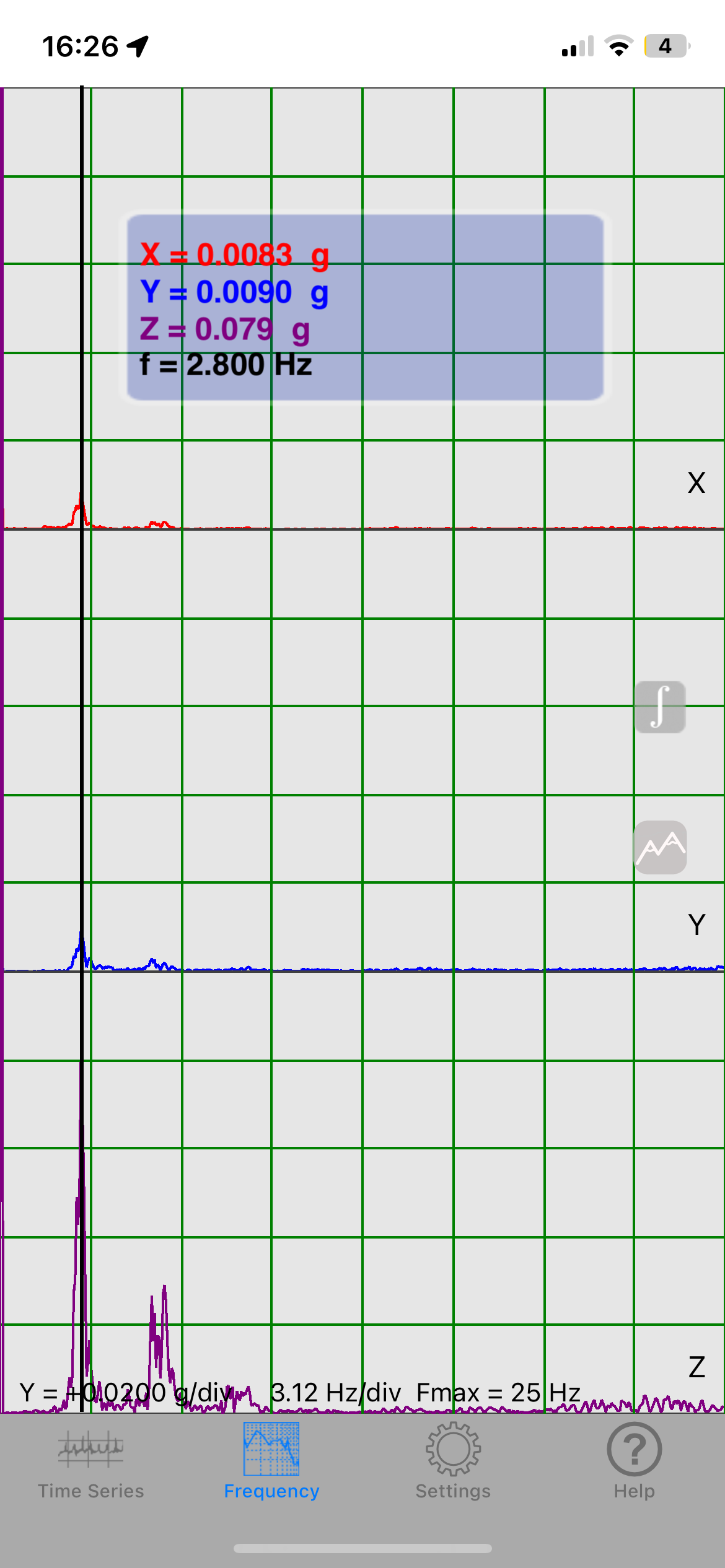Hello guys, not sure if anyone has been following along with this thread:
AST 4150 Setup Opinions
The TL;DR is that I’m trying to optimize my suspension setup. I was researching what springs to buy next and evaluating what I currently have.
Of course, I came across the flat ride concept and FCM’s Ride Harmonizer Spreadsheet (https://www.fatcatmotorsports.com/FC..._M3_Online.htm), which has been a helpful resource. I just have some questions and want to make sure I’m using this tool correctly. (my sheet is attached)
I noticed there’s a section near the bottom with "Racer's Edge" where you input corner weights, but it didn’t change much compared to the top section where sway bars and springs determine "Standard Rear Spring Location" when I entered the corner weights for my frequencies. I have about 200lb out of my car and don't have the big factory muffler and was expecting a change. I did some research on the formulas behind this since I know mass is a big factor in stiffening a car.
According to the Spreadsheet
When I manually calculated my frequencies using my corner weights and estimating the weight of suspension components, I got results that were pretty close for the front. The formula I used:
K = (4π²F²M)/mr²
- f = Natural frequency (Hz)
- K = Spring rate (N/m)
- M = Mass (kg)
- mr = Motion Ratio (Spring:Wheel)
I solved for F and got different answers than expected. I don’t have them in front of me, I will post that paper once I get back to my work desk it's sitting there.
This made me curious if I could just get a real world measurement.
That made me wonder if I could measure frequency directly on the car. I remember FCM doing a bounce test on a Miata:
FCM Bounce Test Video
I also found another phone-based method to measure suspension frequency and decided to try it.
Phone Accelerometer Frequency Test
The app collects accelerometer time-series data while pushing on the car. My wife and I did the test a few times and looked at the highest reported frequency for each axle.
The app is called Vibration, warning you have to scroll for awhile there are a lot of dildo/vibrator apps on the app store pretty incredible. It is $5 as well.
Example of the raw time series data from one of the cars:
 Untitled by Sam DaJam, on Flickr
Untitled by Sam DaJam, on FlickrHere are the results:
- M3: 2.4 Hz front / 2.8 Hz rear
- E28(modified): 2.36 Hz front / 2.21 Hz rear
- Chevy Sonic(stock): 1.37 Hz front / 1.52 Hz rear
 Untitled by Sam DaJam, on Flickr
Untitled by Sam DaJam, on Flickr Untitled by Sam DaJam, on Flickr
Untitled by Sam DaJam, on FlickrI know this is a human based test and be prone to errors. When I get more time after this weekend I will redo the test, but the numbers seem reasonable.
So based on this, my M3 should already have flat ride as it sits. If that’s the case, I might not need new springs. I want to do more tests to get a better average since a human test isn’t perfect. I also realize that this method accounts for gas forces, friction, and other real-world factors that aren’t included in the spreadsheet calculations.
Just looking for opinions on all of this. Has anyone else tried directly measuring suspension frequency like this? Any thoughts on the spreadsheet calculations vs. real-world testing?
I want to repeat the test on E46 and than swap in the 650lb spring see what the frequent is than. If it's higher than the front I feel like it's fair to see with all of the real world things combined my car has a natural frequency currently that induces flat ride?
Again not trying to call FCM out, I am just asking questions. Again the sheet is awesome and I think it does a great job at empowering the community with data to build something instead of buy something.
I am open to the fact I am a clown and couldn't do math or use the spreadsheet correctly.


Comment